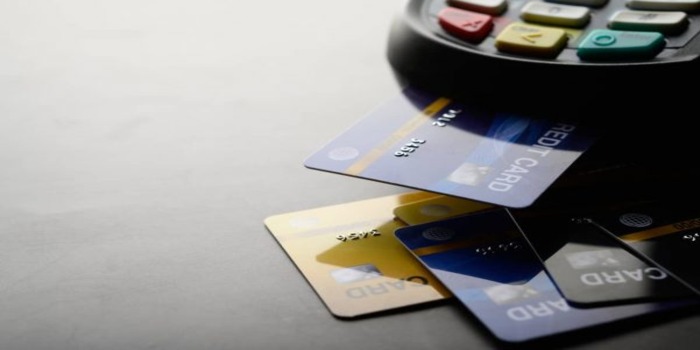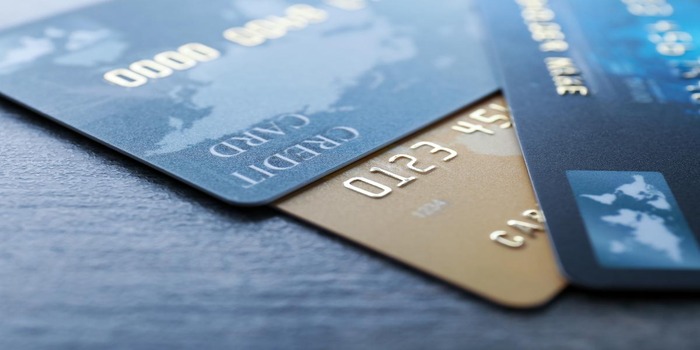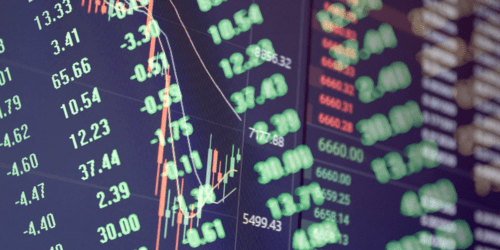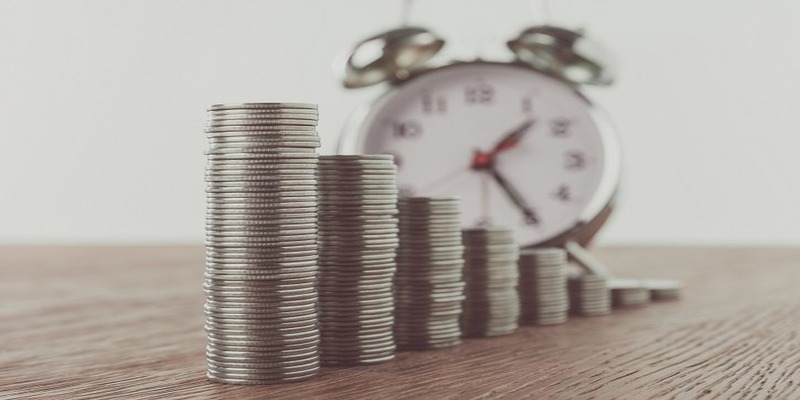A Comprehensive Guide To Understanding How Bonds Are Priced
Bonds provide governments and organizations with a direct way to raise funds and offer financiers a comparatively low-risk option compared to stocks and other commodities.
To determine if a specific bond is a wise investment, the financial institution evaluator should be able to calculate the bond's intrinsic value. This information enables investors to make informed investment decisions.
Here are some additional details about how bonds are priced, their role in the worldwide financial system, and guidelines on how to price different bonds.
What Is Bond Valuation?
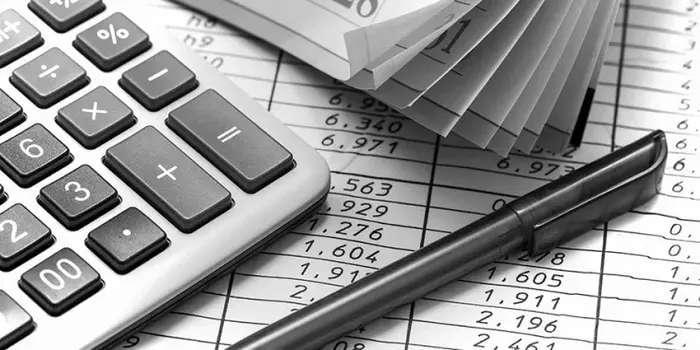
Bond valuation is the process of determining the bond's fair value or price. In reality, it involves calculating the cash flows of bonds and their present value. This process also calculates its face value, sometimes called par value, which is the worth of the bond when it matures.
The interest rates of bonds and their face value are stable. This enables financial backers to calculate the required rate of return that the bond must offer to be considered a valuable investment.
Some terms are very useful for the understanding of bond valuation, which include:
Bond Data Maturity
It indicates the period till the bond rule is programmed to be paid back to the holder of the bond. The maturity bond's date may be short-term or for a longer period. When the maturity date arrives, the issuer of the bond, whether it is a government or a corporation, repays the bondholder the full face value of the bond.
Coupon Rate
The coupon rate refers to the amount of interest that a bondholder receives. Actually, it shows the predetermined percentage of the face value of a bond. Payment frequency may vary, occurring annually or biennially, depending on the bond's terms.
Current Price
It is a reference to the current value of the bond. It is actually what's debated when somebody refers to the valuation of a bond, influenced by many factors like market circumstances and the current bond's price.
How The Bonds Are Price: Process Involved
The process of pricing a bond is relatively easy, but it could be intimidating if you lack confidence in your financial abilities. Bonds price can be calculated by following simple steps. It can also be computed by converting numbers into different equations.
Calculate The Bond Face Value, Maturity Date, &'' Annual Coupon
While doing any calculations to give value to a bond, you have to find the numbers so that you can convert these numbers into equations later in the procedure. Calculate the face value of a bond or its par value, and in actuality, it is the value of the bond when it matures. You must know the yearly coupon rate of the bond; this is the annual income you might anticipate from it. Finally, calculate the maturity date of the bond.
Calculate Expected Cash Flow

Compute the cash flows of bonds by using the face value of the bond, its yearly coupon rate, and its maturity date.
Cash Flow = Annual Coupon Rate x Face Value
Discount The Expected Cash Flow To The Present
After calculating cash flow, discount the expected cash flow to the present.
Cash Flow (1+r)t
In the above formula, "r" represents the interest rate, and "t" represents the number of years for each of the cash flows.
Evaluate The Different Cash Flows.
Now, you can evaluate the bond as a whole by valuing each of the separate cash flows and the final face value of the bond.
How Bonds Are Traded, In General?

Bond prices are determined by known interest rates, principal returns, and contractually stipulated cash flows. The attractiveness of bonds in the overall market depends on the two main factors. The 1st one is the interest rate.
It costs the same bond issue at the current price. The 2nd is the issuer is still able to fulfil its payment obligations on the prearranged dates and at the level of maturity. Credit risk is the Term used for this.
The discount rate is used to bring the projected cash flows to the current and calculate the bond's price. The three main factors that affect bond prices in the market are supply &'' demand, maturity terms and also credit quality.
How Do You Calculate The Bond Pricing?
A method that accounts for the time value of money and the bond's future cash flows is used to determine bond pricing. The present value formula is the name given to this formula.
A bond's present value is determined by applying a discount rate to the future cash flows (principal repayment and interest payments) in order to reduce them to their present value.
Usually, the discount rate is determined by looking at the market's current interest rates.
Tips &'' Tricks For Bond Pricing
When it comes to bond pricing, bear the following points in mind:
Stay Tuned To The Conditions Of The Market
The price of bonds is affected by market situation, alterations in interest rates, economic indicators, and credit ratings. You can make better decisions if you know the factors mentioned above.
Take Into Account The Credit Quality Of The Bond
Bonds with lower credit ratings typically have greater yields and lower prices, while those with higher credit ratings usually have both lower prices and higher yields. Determining the right price for a bond requires evaluating the issuer's creditworthiness.
Diversify Your Bond Portfolio
You can reduce risk and maximize rewards by holding a range of bonds with varying maturities, credit ratings and coupon rates. You can mitigate the effects of interest rate changes on your entire bond portfolio by using diversification.
Conclusion
In this article, weve shared all about how bonds are priced. The price of a bond in the market depends on three main factors: Term to maturity, Supply &'' Demand, and Credit quality. The maturity term may be tricky in view of the fact that a bond can be paid off earlier than the maturity date.
This is called a callable bond. Even though the bond has a 12-year term to maturity, if it has a call provision that permits it, the issuer can compensate it in as little as one year. A decrease in interest rates or other circumstances may lead to a bond being called.

